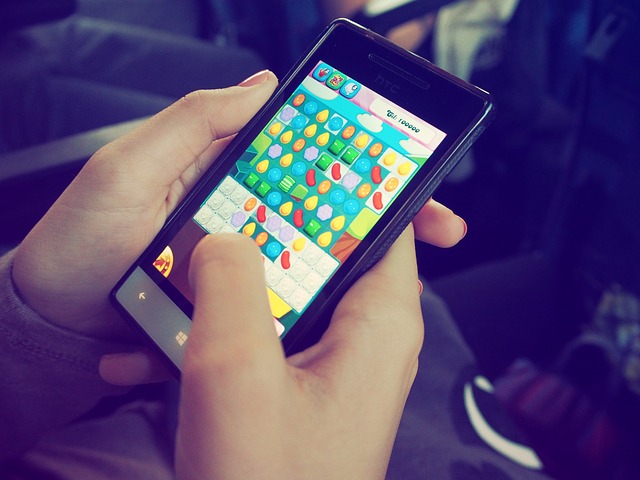Families find they spend more time at home now, thanks to the global pandemic. TV shows become boring after a while, and people can only read so many books. Gather and play a board game. This continues to be a great family activity for most, but some families discover they don’t have any games that all family members enjoy. Rather than rushing out to spend money on a new game only to find the same issue arises, why not create your own? Making a board game isn’t as challenging as many imagine.
Table of Contents
Design
The first step in creating a board game involves coming up with an idea. Bring all family members together to determine what type of games they prefer. Some individuals might say puzzle games, while others prefer games that involve dice. Ask about current games you own and how they would improve on them. The game may have a theme, or the family might decide they like the way a specific game plays and build on that instead. Now is the time to determine the age range for the game, the rules, time limit, and other details that apply only to the game being created. By receiving input from all family members, you increase the odds of everyone wanting to play the new game. Next, you will need to develop a prototype and https://www.bbb.org/us/fl/sanford/profile/laser/boss-laser-llc-0733-90314519 can be of help with this.
The Prototype
Don’t skip the prototype, as this is where the bugs in the game show up. Once players have identified any known issues, you can correct them. The prototype doesn’t require any artistic details to work, and it doesn’t have to be pretty. This sample provides a way to see if the game design works or where to make changes. Begin by sketching a rough draft of the gameboard, if there is one, and create prototype game pieces. Items around the home will work most times, but certain games require you create the game pieces. Turn to a third-party provider such as the one mentioned above for help with this part of the process. Make changes where needed and play the game again until you find what works.
The Finished Product
Once you have completed the prototype, it’s time to create the finished product. Many games rely on a chipboard or binder board foundation, and the family may choose to repurpose a game board they no longer use. Cardstock works for many game pieces, or a person with a die-cutting machine might use the device to create custom pieces. The household printer becomes of great help when you need cards for the game, and those with access to a laminating machine might choose to laminate the cards once they are complete. This ensures they don’t get damaged during play. These are only a few of many ways a family can create a new board game, making use of items they already have around the house. However, outsource some tasks if needed.
Once the finished product is complete, it’s time to share the game with extended family members and friends. If they love it as much as your family does, it might be time to look for investors to back the product so you can sell it to others. Who knows? You may have the next Monopoly on your hands, a game that has stood the test of time and continues to come up with new versions. You’ll never know until you try.


